Hackers will be hackers – Or, how developers tried to connect to my device during the AT&T Hackathon
This article may contain personal views and opinion from the author.
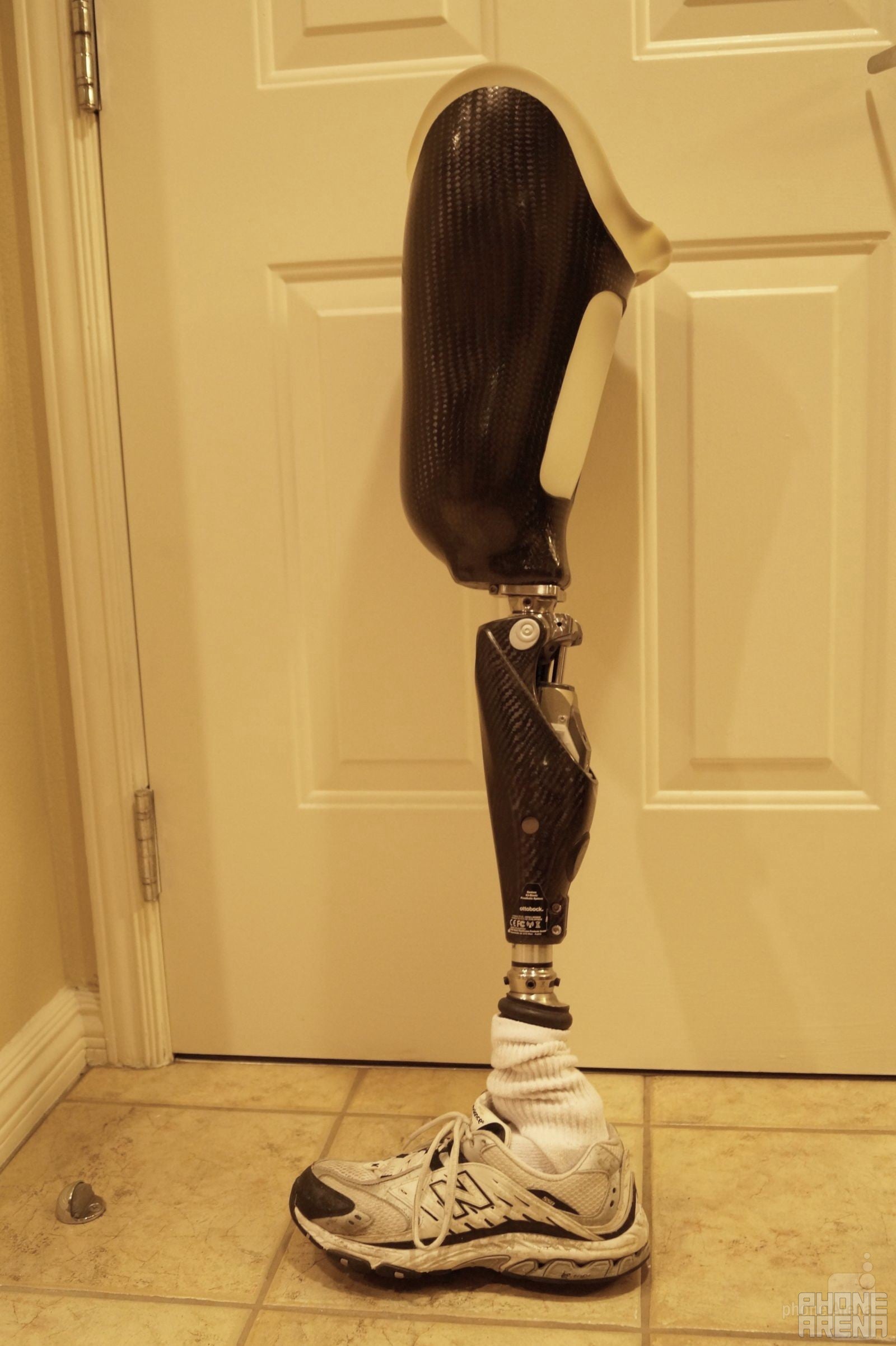
With such technical acumen, it is not uncommon to observe other characteristics, like curiosity. Such was the case earlier today. As the developers stopped working on their apps, and judging began on the various ideas the teams put together, a medical device I rely on daily started responding to Bluetooth connectivity queries at the AT&T Developer Summit Hackathon.
These high-end prosthetics are equipped with microprocessors to assist with stability, going down stairs, locking in position while standing, and walking in general. There are also a number of user adjustable features. The battery needs to be recharged about once per week, and various walking characteristics are programmed via Bluetooth, so the X3 is discoverable to other devices. Apparently, the X3’s Bluetooth ID looked interesting enough to find out what it was.
One of the challenges of the hackathon was making the best use of Plantronics technology which, among other things, includes Bluetooth. Well, once the presentations were complete, and people were done making apps, my X3 started beeping like crazy. As a connection was made, it would beep quickly, and as it would reject commands for access, it would issue two longer beeps. This was happening repeatedly no matter where I walked around the venue where the Hackathon was being held.
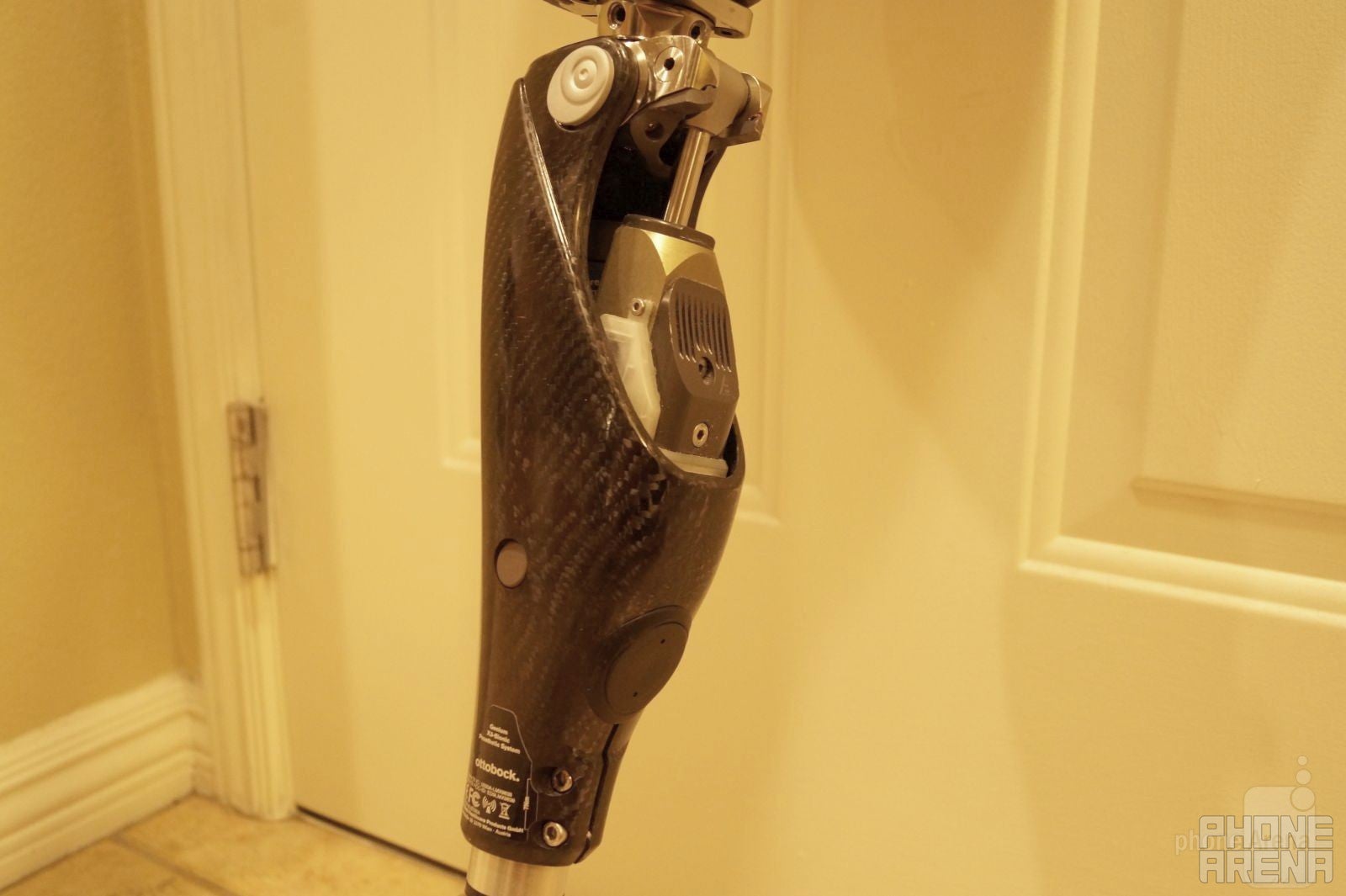
Behind this simple facade of carbon fiber and titanium is a microprocessor set-up programmed via Bluetooth and helps its wearer walk



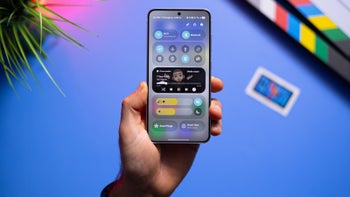




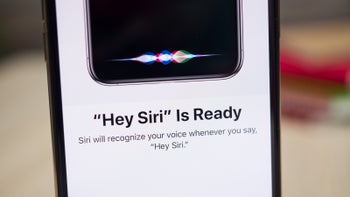



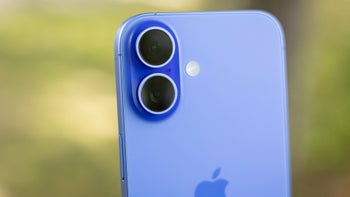
Things that are NOT allowed: